Description
In the late 1930s, as fossil fuels began to replace water power throughout the industry, Minneapolis’ milling business declined and by the 1960s, most of the once-mighty flour mills on the West Bank had ceased production and were demolished or left vacant. The rail lines that had fed the mills were removed and turned into parking lots for the nearby Hubert H. Humphrey Metrodome.
In 1998, the City of Minneapolis enacted a Historic Mills District Master Plan, revised in 2000, to encourage development along the long-neglected stretch of riverfront. As a result, historic buildings were converted for adaptive reuse, bringing a residential population and offices to a neighborhood that beforehand had few residents.
Today, the Mill District has re-emerged as the historical and cultural center of Minneapolis. Many of the original flour mills have been saved and renovated into elegant loft homes and office spaces. The fortified ruins of the Washburn “A” Mill, once the largest mill in the world, has been transformed into the cornerstone of the Mill City Museum. Opened in 2003 this National Historic Landmark and museum features exhibits, artifacts, an observation deck, and boutique cafe. The renovated Milwaukee Road Depot is “a place for people again” with a popular ice rink in the old train shed. In 2006, the internationally acclaimed Guthrie Theater moved from its previous location near Loring Park. The MacPhail Center for Music moved its new campus to the neighborhood in 2007. The Mill City Farmers Market, an organic farmers market, was begun in 2006.
The Minnesota History Shop is a locally owned and operated business located in the heart of sunny Minnesota. We value our customers. If you are not satisfied for any reason, contact us and we’ll make it right with you.
Image courtesy LakesnWoods.com postcard collection.
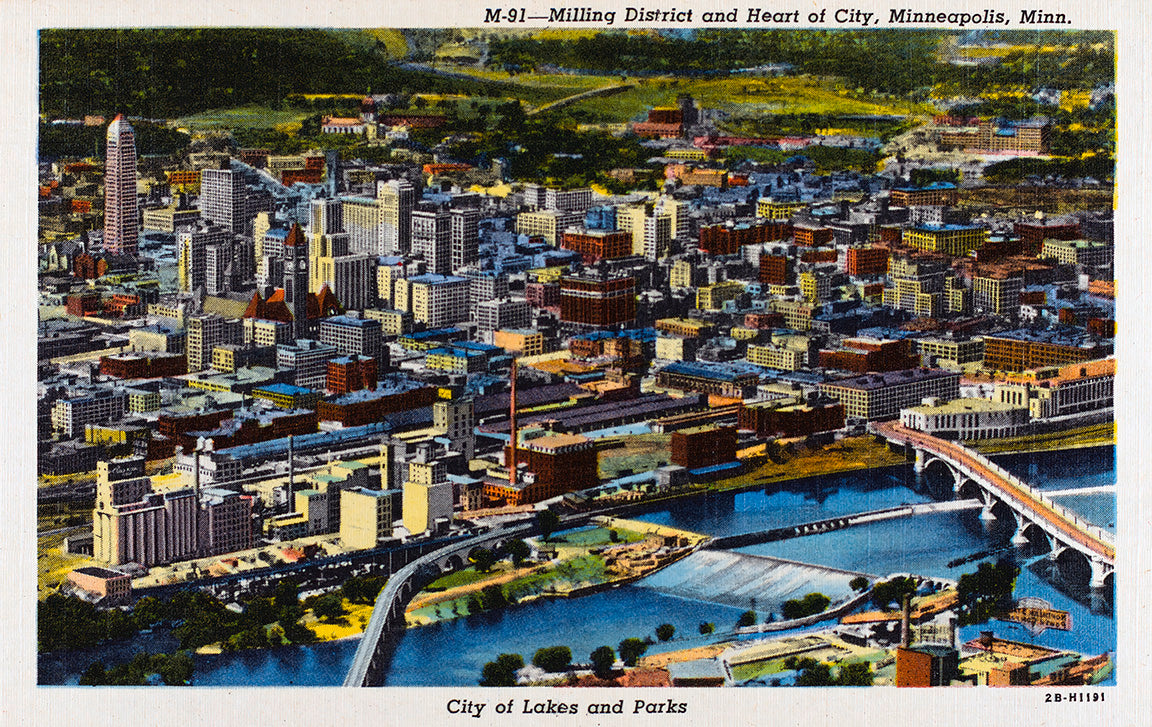
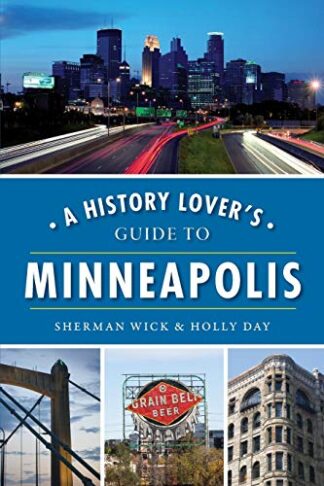
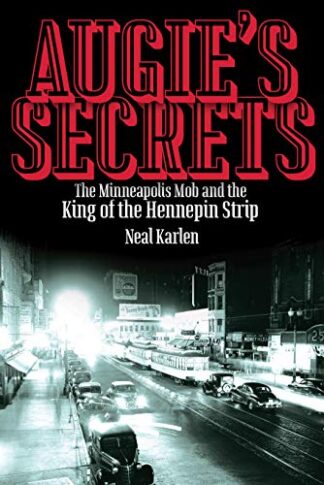
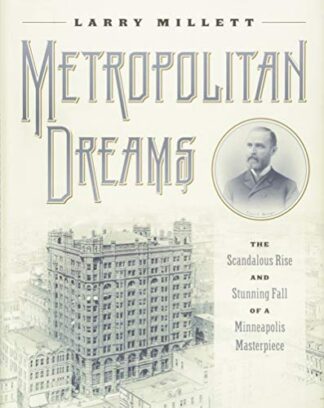
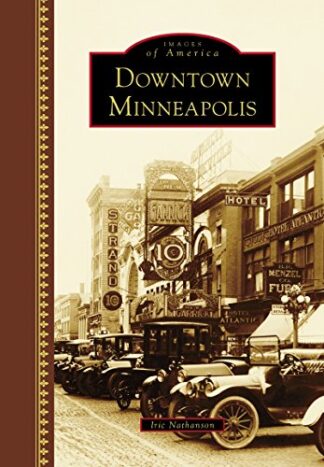

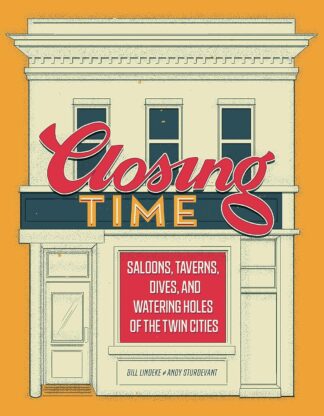


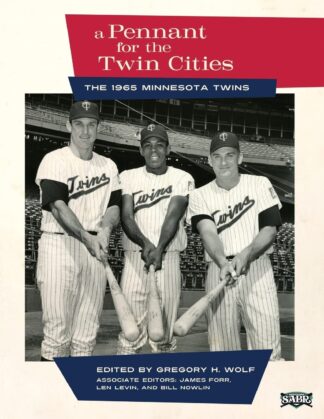
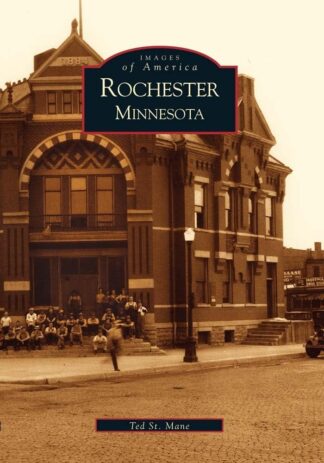
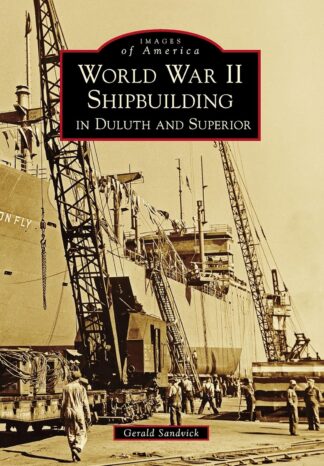

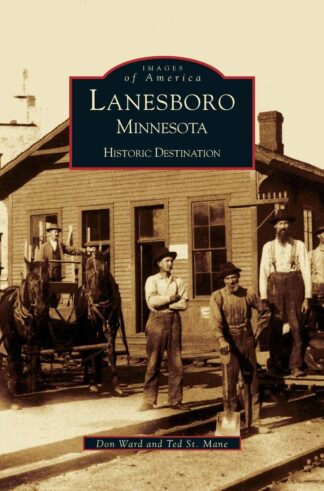
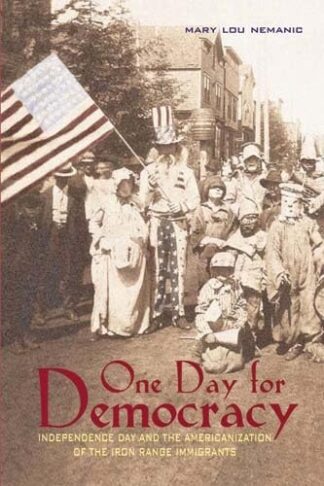
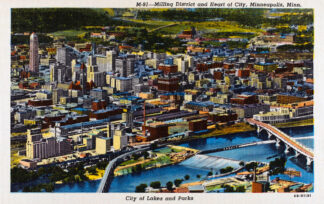
Reviews
There are no reviews yet.